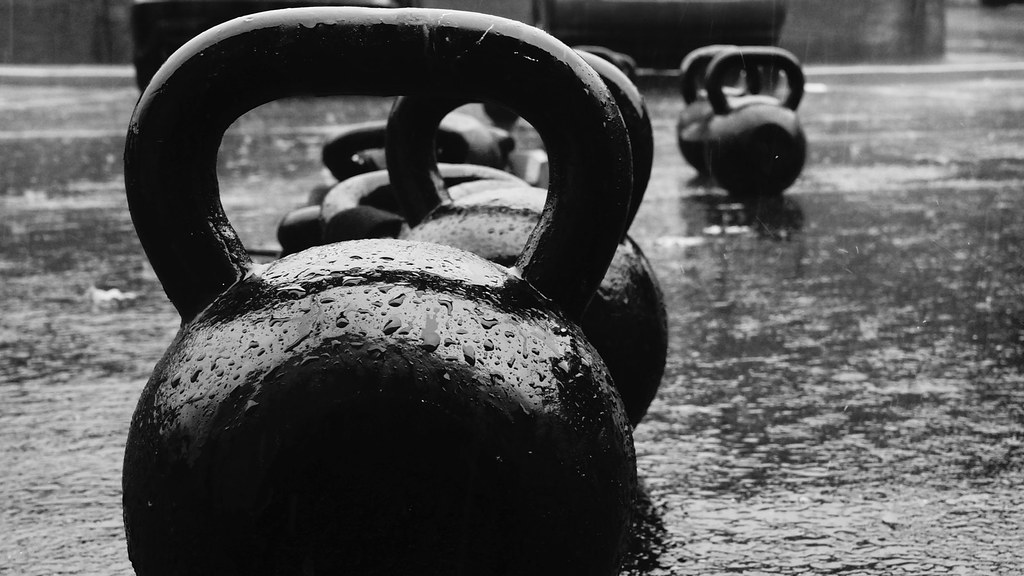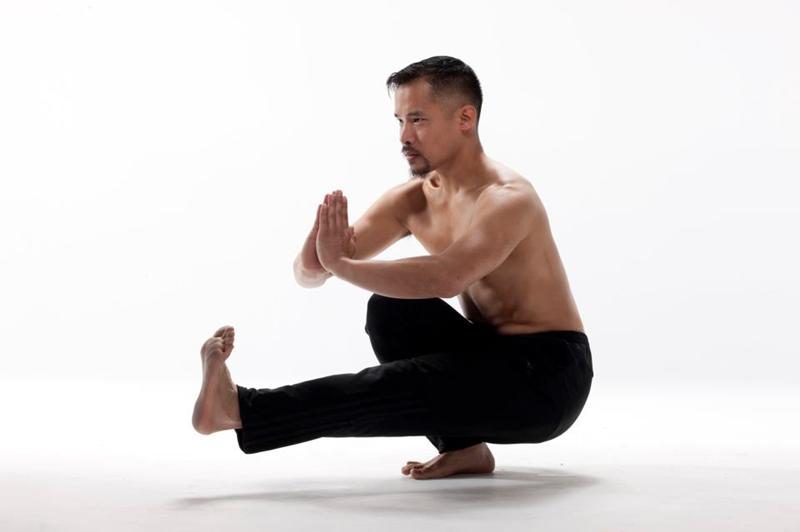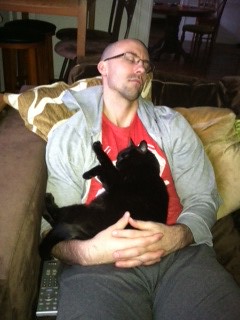I’m in trouble.
I was perusing Netflix yesterday morning trying to find something quick to watch while I ate my eggs when I noticed the show Forensic Files was now available to stream.
Was started off as me thinking “Oh, I’ll watch like one or two episodes” (they’re 20 minutes each), turned into five, and I ended up getting zero work done yesterday.
I then came home from the gym last night and somehow convinced Lisa to watch two more episodes with me. And I just watched four more this morning.
I……..can’t……..look……..away.
I feel like Frank the Tank from the movie Old School – “once it hits your lips, it’s so good!!”
https://www.youtube.com/watch?v=4quisonHOJE
The show is like crack. And, for the record: there are some messed up people out there!! As much as the show is impossible to turn away from, it also makes you want to lock all your doors, screw all your windows shut, turn off the lights, and huddle in the corner of your apartment.
Anyhoo – I managed to turn off the television without going so far as to throw it out the window, and now I’m finally sitting down to write this blog and then spend the rest of the morning writing some programs.
Lets get to this week’s list of stuff to read:
Four Ways to Band Up Your Deadlift – David Dellanave
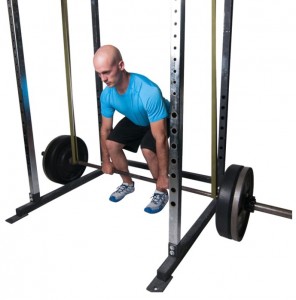
Much like my affinity for dark documentary crime series, when it comes to anything written on deadlifts I’m like a moth drawn to a flame.
In this superb article Dave breaks down a few ways to add bands to your deadlift training, including one INGENIOUS way to implement when you’re stuck traveling and have little access to a gym let alone a barbell to do deadlifts with.
Also, just a reminder that Dave’s resource Off the Floor: A Manual For Deadlift Domination is on sale at HALF-OFF until TONIGHT (Friday 12/5) at midnight.
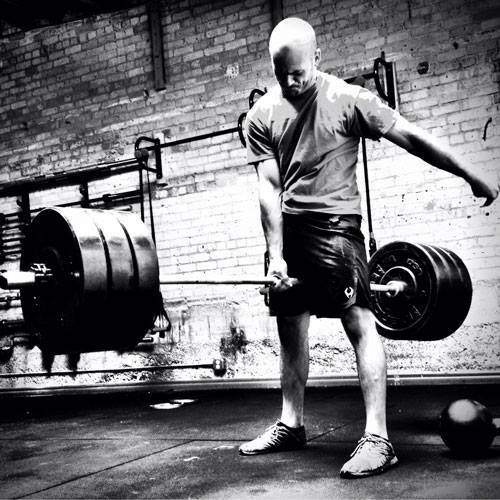
Unlike most other resources Dave’s approach takes a unique perspective in that he incorporates autoregulation, which is just a fancy term used to describe what it means to listen to what your body is telling you.
In addition, in the year since its first release Dave has used feedback to help develop three new programs for the manual as well as add a bunch of other cool stuff, including a little over an hour of new video coaching content.
It’s an excellent resource, I love it, and feel if you’re someone looking to add somer serious progress to your deadlift this is something you can’t pass up!
The Double Rep Method – Will Vatcher
I saw this article last week and admittedly almost rolled my eyes. But after reading it, I really liked the idea it proposed and am starting to experiment myself.
It’s BRUTAL!!!! So if you’re looking for a change of pace in your program, at the mercy of sounding cliche, this may be exactly what you’re looking for!
The Bretzel and Bretzel 2.0 – Gray Cook

Fans of Gray Cook (and Brett Jones) will know this one as it’s an oldie-but-goodie. The Bretzel and Bretzel 2.0 are two drills we’ve been incorporating more and more into our pre-work and “corrective” work with a lot of our athletes and clients at Cressey Sports Performance.
They’re both excellent drills that hammer a lot of stuff at once. Bretzel 1.0 = anterior chain. Bretzel 2.0 = posterior chain.
Bonus Stuff
1. I, along with Jen Sinkler and Neghar Fonooni helped contribute to an article that was featured on Yahoo! Health recently on the Turkish Get-Up: The Full-Body Exercise That Absolutely Everyone Should Be Doing.
2. Now that we’re smack dab in the middle of the Holiday season it’s time for the majority of us to start thinking about the inevitable New Year’s resolution to lose some weight or firm up a bit.
Nutrition is generally the one bottleneck for most people because, lets be honest, most of us are stubborn. Everyone is set in the their ways, has their likes and dislikes (I’m sorry but gluten free bread tastes like sawdust sprinkled with sandpaper shavings), and most telling of all, people are confused as f*** as to what they should be eating.
There’s a lot of noise out there, and it’s no surprise that many are paralyzed or overthink what or how they should be eating (no carbs after 7PM!). And well, some people don’t do any thinking at all (chocolate comes from a plant. Plants are green. Chocolate is salad!).

The people over at Precision Nutrition are gearing up for their annual Lean Eating Program, which is pretty much the quintessential coaching-based nutrition support program out there.
I have many of my own clients use their services, and I know many, many fitness professionals who have also used Precision Nutrition to not only act as their coach, but to use it as a learning experience as well.
PN has just released their FREE Starter Kit which as a stand along thing is worth more than what most diet books try to sell you for whatever is they charge for useless (or to be less cynical: regurgitated) information.
For the men’s kit go HERE.
For the women’s kit go HERE.
Both kits offer their own unique content tailored to both men and women, and like said they’re both FREE. You don’t have much to lose. And hey, they may serve as the impetus to finally hold yourself accountable and make 2015 your most healthy year yet!

